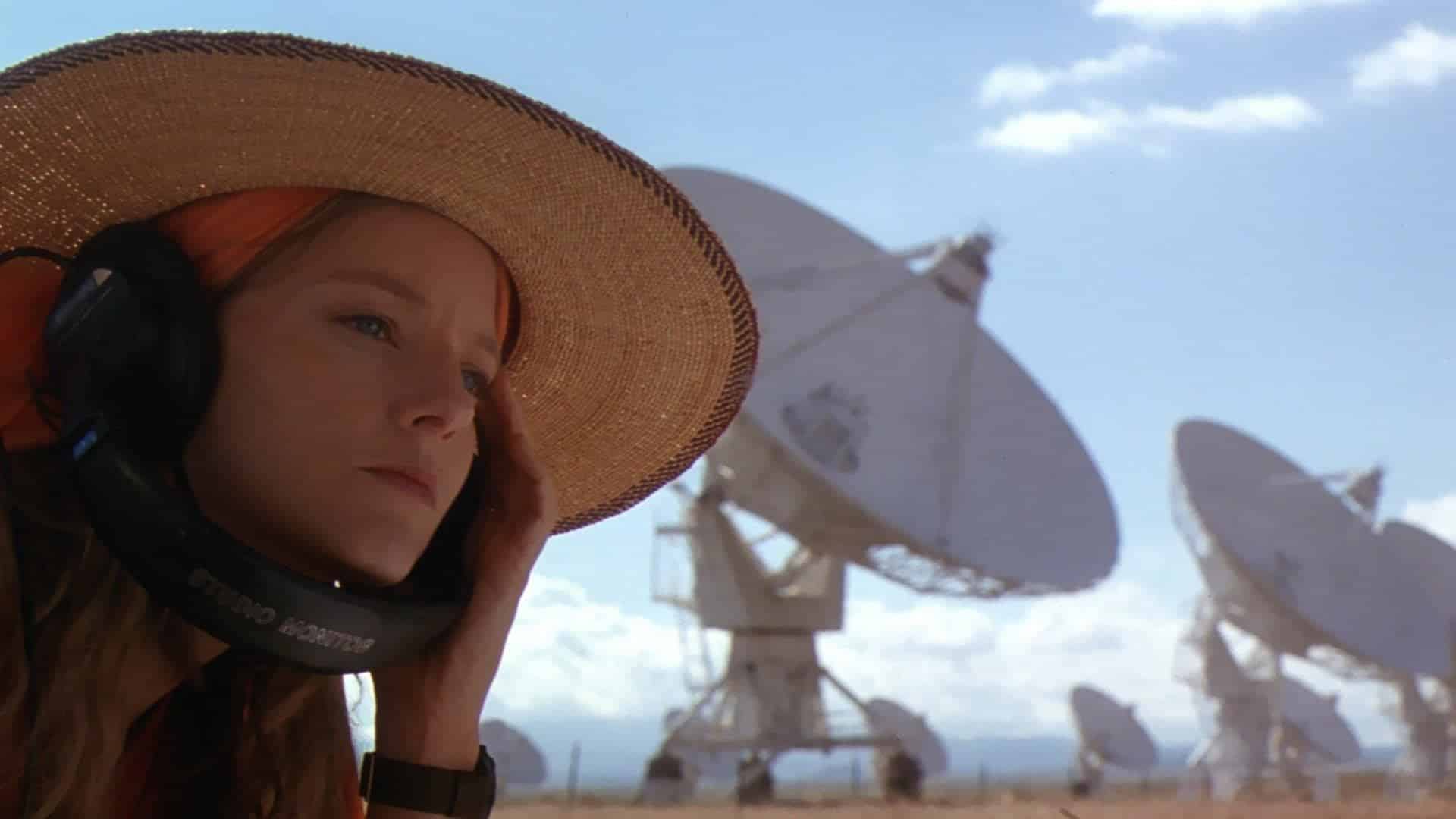In a year in which mysterious monoliths they literally appeared out of nowhere, you'd think the first real discovery of alien life would be a stone's throw away. And instead.
2020 didn't bring any little green men, but it brought astronomers closer to discovering extraterrestrial life than ever before. From organic molecules popping up around the solar system to radio signals finally being traced back to the source, here are some of the year's biggest discoveries about where aliens might be (or where they definitely aren't) in the universe.
There may be alien life in the clouds of Venus...
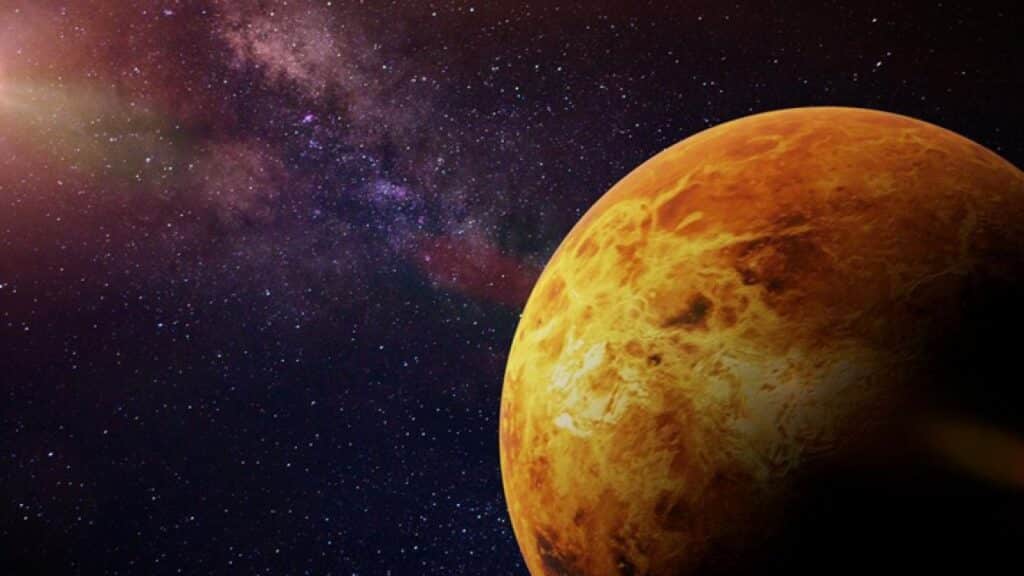
In September, Venus became the most popular planet on Earth when scientists discovered possible traces of the molecule phosphine in the planet's atmosphere. On Earth, phosphine (one phosphorus atom and three hydrogen atoms) is mostly associated with bacteria that do not breathe oxygen, as well as some human activities. The molecule is produced naturally by gas giants, but there is no good reason why it should be on the hot, hellish world of Venus, the researchers concluded. Unless, they said, there is a form of life that breathes it among the mysterious clouds of the planet.
… But that's not a given
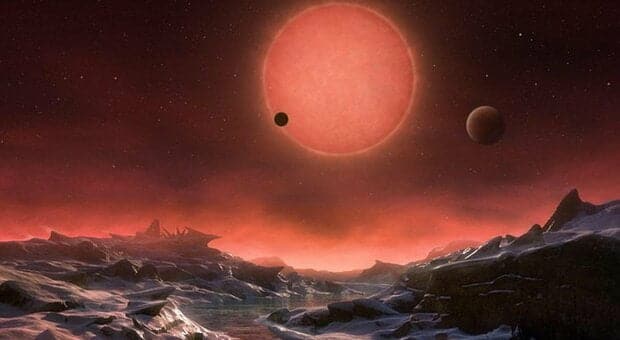
As exciting as it was, the discovery of phosphine was met with strong skepticism by the scientific community. For starters, it's not even clear that the researchers detected phosphine; their observations contained so much interference that there may even have been a “chemical signature” similar to phosphine, but not phosphine.
And even if the reading were accurate, phosphine could very easily be created in a totally random way through a series of geological processes that do not involve life at all. He says it Lee Cronin, chemist at the University of Glasgow in the United Kingdom. The processes that shape Venus's scorching surface and sky are largely a mystery, and a trace of an unexplained molecule is, sadly, not enough to confirm that alien life exists. Solving this chemical puzzle requires significant study of the planet.
There may be 36 alien civilizations sharing our galaxy
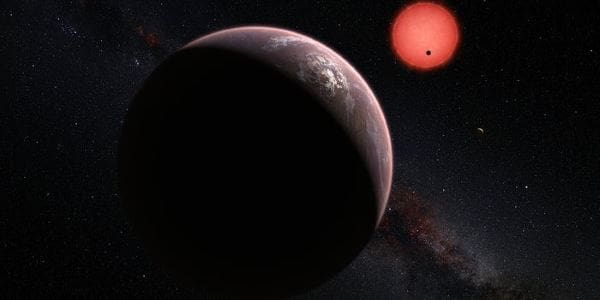
How many intelligent alien civilizations are lurking among the hundreds of billions of stars in the Milky Way? According to a study published on June 15 on The Astrophysical Journal , the answer is 36.
How did the researchers come up with this number? Giving a new twist to an old puzzle, known as the Drake Equation. It is named after the astronomer Frank Drake, who presented it in 1961. The equation attempts to guess the likely number of alien civilizations in our galaxy based on variables such as the average star formation rate, the percentage of planet-forming stars, and the (much smaller) percentage of planets that have factors compatible with life. Most of these variables are still unknown, but the authors of the new study sought to resolve them with the most up-to-date information available on star formation and exoplanets.
Their result? There are precisely 36 planets in the Milky Way that could host a life of intelligence similar to that on Earth. But even if researchers spot all those unknown variables, it will still be a while before we encounter any of our stellar neighbors. Assuming a uniform distribution of civilizations throughout the galaxy, the closest is 17.000 light years from Earth.
And more than 1.000 alien stars could be watching us
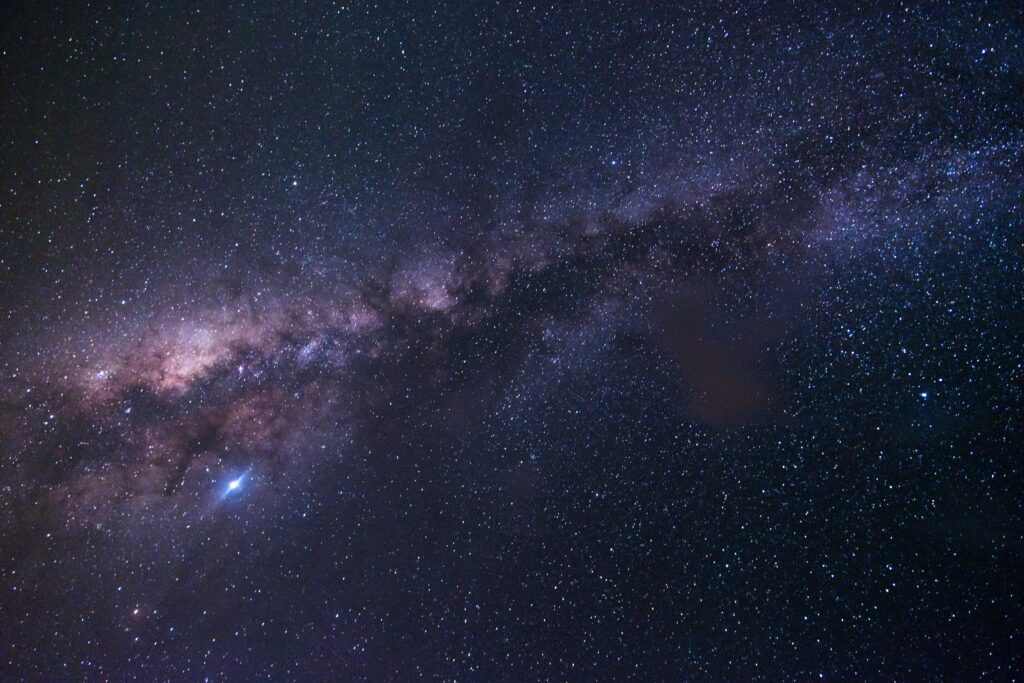
Will they find us before we find them? We may find out in this lifetime. Two stars on the list host known exoplanets: we will have a direct view of one of them in 2044.
In an October 20 study in the journal Monthly Notices of the Royal Astronomical Society, astronomers have calculated the number of alien star systems that have a good view of the Earth, and therefore could be observing us right now.
The team calculated that about 1000 star systems within a “radius” of about 300 light years from Earth could see our planet as it passes between their location and Earth's sun. Any aliens observing the sky would see our sun dim as Earth passes, just as humans have done with thousands of exoplanets. Not only that: if those alien astronomers had technology similar to ours, they could even detect traces of methane and oxygen in the Earth's atmosphere, and think “oh wow! This planet could host life."
Aliens are not responsible for FRBs, (at least, not this one)
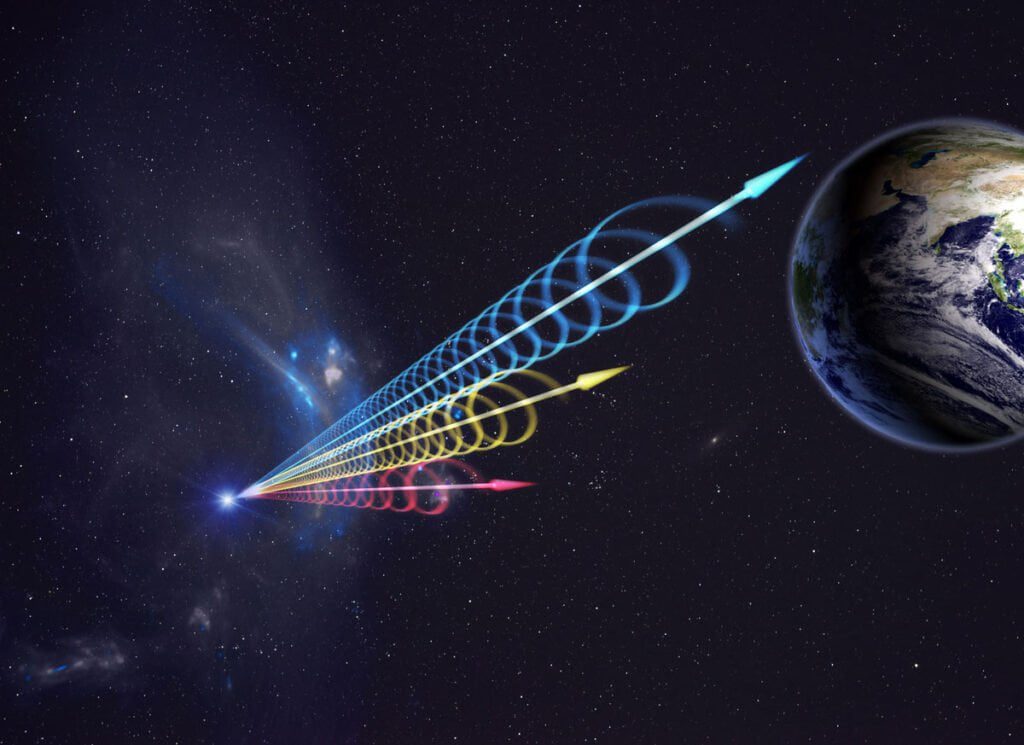
Fast radio bursts, or fast radio flashes (FRBs) are millisecond-long pulses of radio light that travel through space thousands of times per day. Until recently no one had any idea what they were. Alien propulsion signals? The idea had crossed at least the mind of an astronomer. For better or worse, however, the idea could be put aside. In November Astronomers successfully tracked an FRB to a known source in the Milky Way for the first time ever.
The source, it turns out, was a magnetar - the highly magnetized, rapidly rotating corpse of a long-dead star.
For thousands of years after their formation, these celestial objects go through periods of violent activity, radiating powerful pulses of X-rays and gamma radiation at seemingly random intervals. Perhaps not all FRBs in the universe come from magnetars, but this discovery will help solve a decades-old mystery.
White dwarfs can be extraterrestrial strongholds
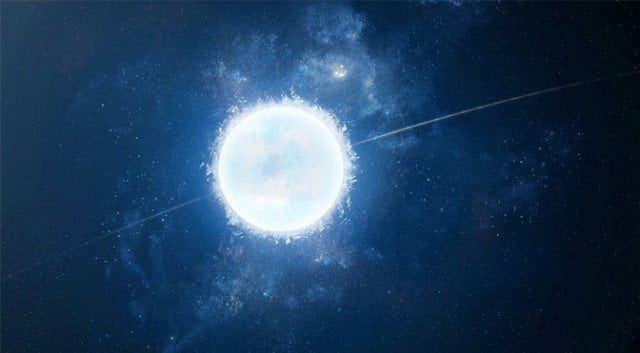
In about 4 billion years, our Sun will swell into a red giant, then collapse into a small, smoldering white dwarf. An inevitable fate, and the chances of humanity escaping to another star system are almost impossible. But if we're still around, we might find a way to take advantage of the dim light of our dead star and continue traveling as a civilization. And perhaps, suggests a paper published earlier this year in arXiv prepress database , other alien civilizations are already doing the same.
White dwarfs have been largely ignored in the search for extraterrestrial intelligence (SETI), the paper's authors say, because a dead star is unlikely to host a thriving civilization. But white dwarfs sometimes have planets in their orbit, and a highly advanced civilization might be able to make their little sun work for them, even after it dies. Astronomers therefore shouldn't cut white dwarfs out of their SETI equations, the authors write; indeed, maybe we should look at them first.
The aliens may not be breathing oxygen
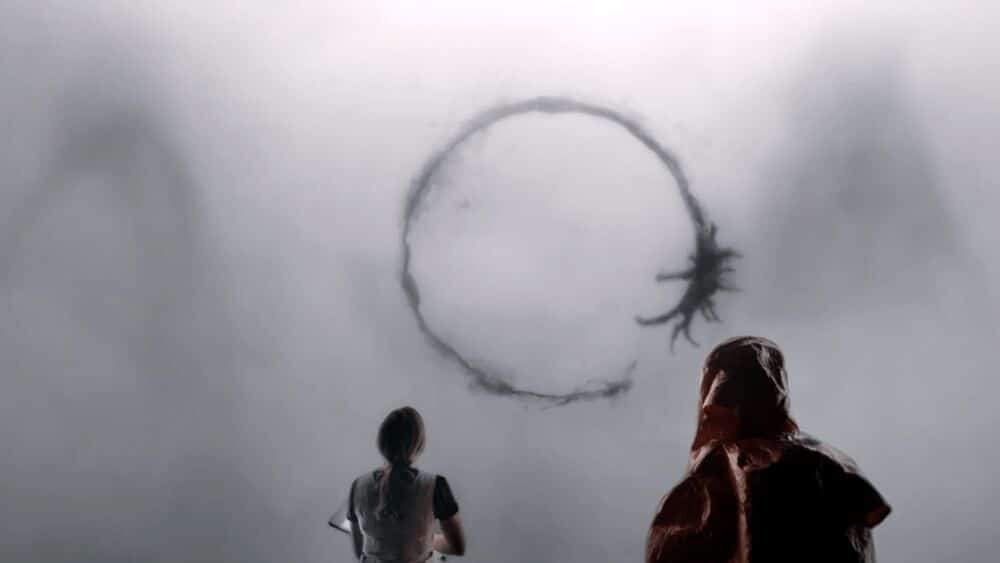
Another underestimated target in the search for alien life: planets devoid of oxygen. Although it has long been believed that even alien life needs air to breathe, a study published May 4 in the journal Nature Astronomy he argues that perhaps things are different. Hydrogen and helium are much more common elements in our universe (Jupiter's atmosphere is 90% hydrogen, for example). What if an alien species evolved to breathe more?
It turns out that It could be possible. The study authors exposed a type of bacteria that does not breathe called oxygen E. E. coli coli to two different "atmospheres" manufactured inside some test tubes. One set of flasks was pure hydrogen, the other pure helium. They found that the bacteria were able to survive in both conditions, although their growth was stunted. This experiment “opens the possibility for a much broader spectrum of habitats for life on different habitable worlds,” the study author wrote in the article Sarah Seager, MIT scientist.
Aliens (probably) didn't build 'Oumuamua
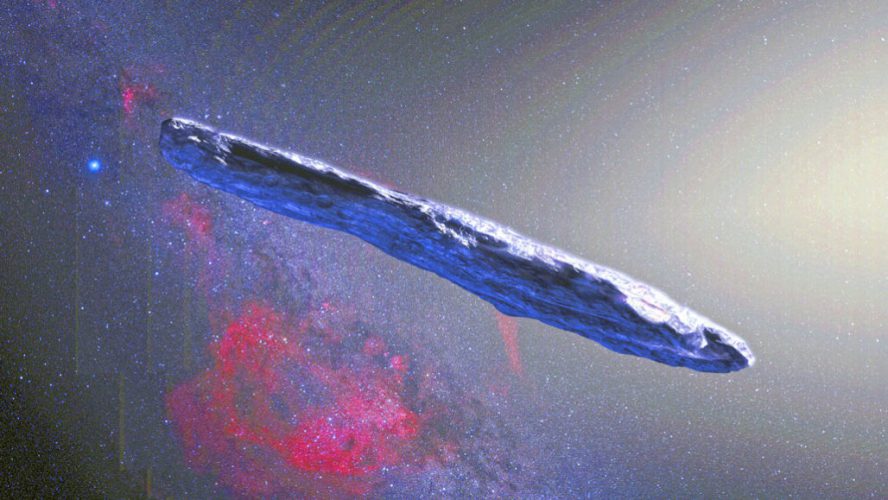
Since it was spotted in 2017, the strange cigar-shaped rock called First has left scientists perplexed. The object was traveling too fast to have originated in our solar system and appeared to be accelerating for no good reason. Some astronomers (particularly the astrophysicist Avi Loeb of Harvard University) have stated that it could be an alien spaceship powered by a very thin sail. A theory that has met with a lot of skepticism this year, thanks to several studies describing the potential natural origins of the object.
One of the main theories? 'Oumuamua is a “hydrogen iceberg”. Yes. Essentially, a solid hunk of hydrogen gas that has drifted away from its local star and into the icy heart of a giant molecular cloud. After leaving the cloud core, the iceberg was “sculpted” by radiation and shaped into an elongated shape. Once it entered our solar system, the hydrogen began to bubble up from the frozen rock, causing it to accelerate without leaving a visible trace of gas. It's a tantalizing theory that explains many of 'Oumuamua's oddities; However, Loeb keep believing that aliens are the most likely explanation.
In our solar system alone, four planets promise life
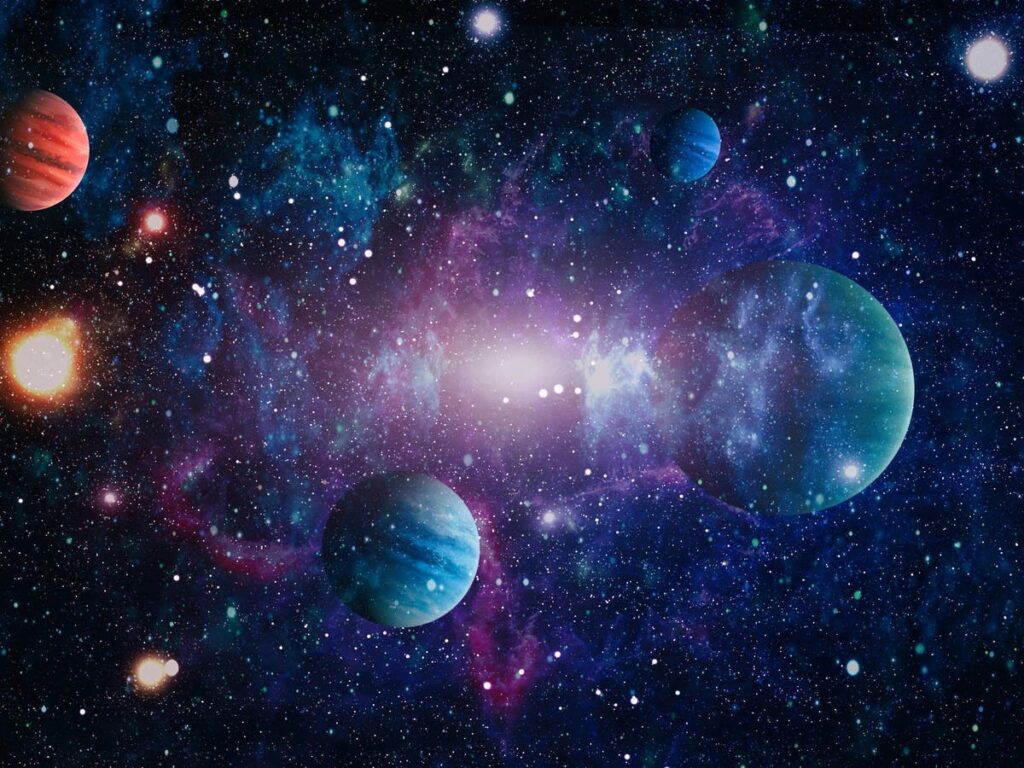
The first is Mars, one of the most Earth-like worlds in our solar system. Earlier this year, a large lake was detected under the southern polar cap, giving new hope that small microbes may be present there (assuming they have something to eat).
The other three candidates are all moons: Jupiter's moon Europe and the moons of Saturn Enceladus e Titan. Like Mars, Europa holds the promise of water; its surface is a vast expanse of ice, which can hide a gigantic ocean more than 100 kilometers deep. Enceladus is also an icy world that may be holding liquid water deep beneath its surface. Recently, giant geysers of water, rock particles and organic molecules have been spotted. Titan, then, is the only moon in our solar system with a substantial atmosphere rich in nitrogen, an important building block of proteins in all known life forms.
Hunting aliens just got a little more difficult
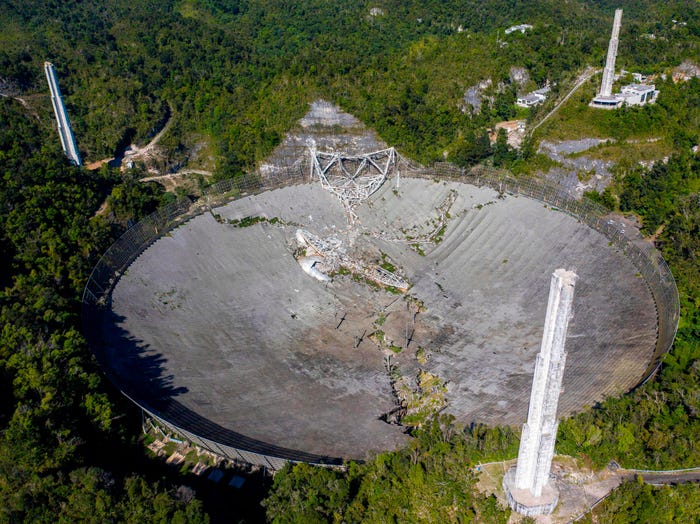
We close with bad news (it's 2020, baby). Tuesday 1 December, the iconic radio telescope ofArecibo Observatory in Puerto Rico has collapsed, after literally holding on to a wire for nearly five months (two different cable break incidents in August and November).
The tragic collapse ends 57 years of searching for signs of extraterrestrial life. In 1974, the telescope transmitted the now famous “Arecibo Message,” declaring humanity's technical prowess to any intelligent extraterrestrials who might be listening. So far there have been no responses, but that message to the stars inspired the 1997 film “Contact,” in which the Arecibo Telescope plays a starring role. The loss of the telescope leaves a void that will not be easily filled.
